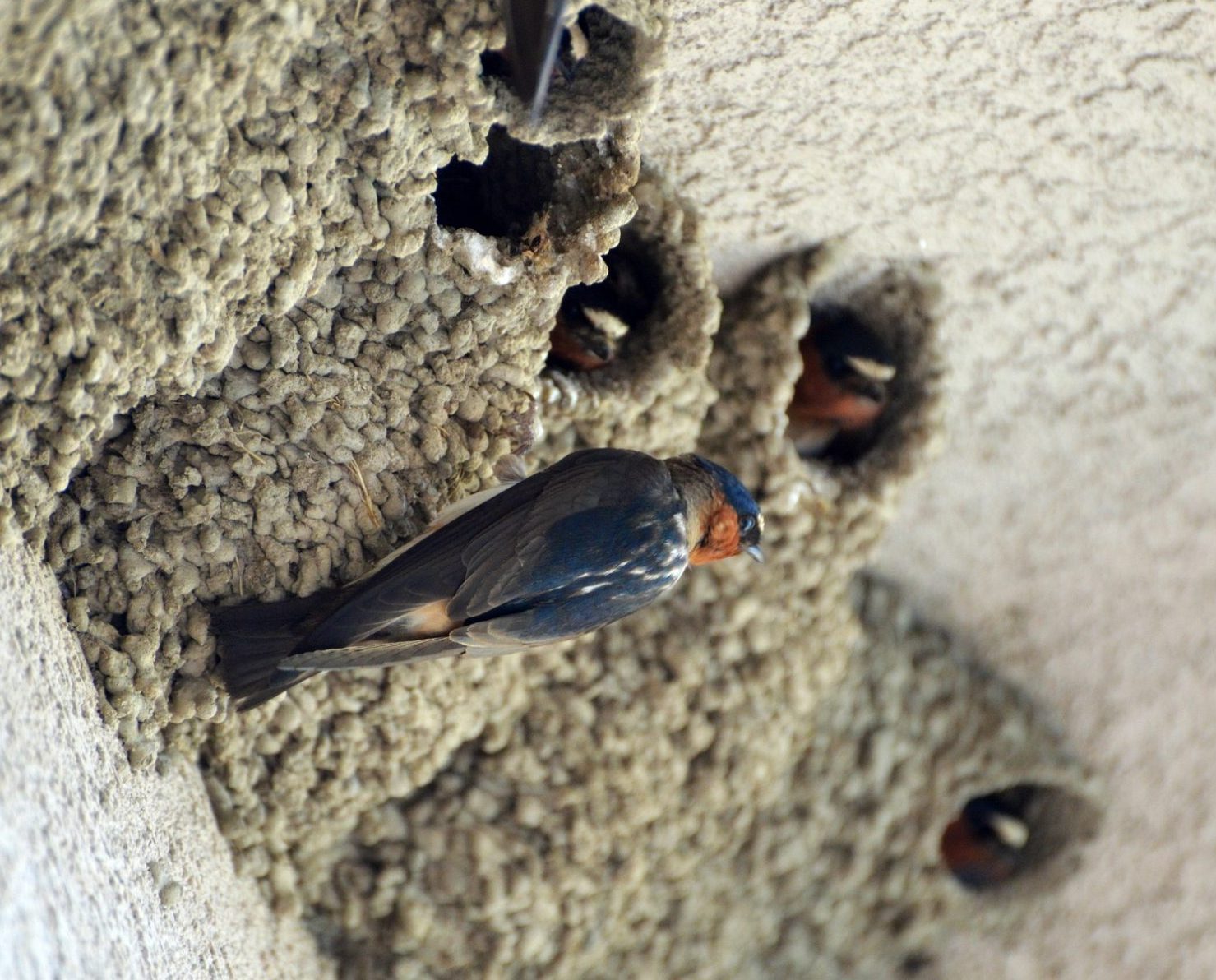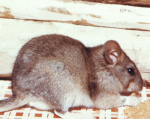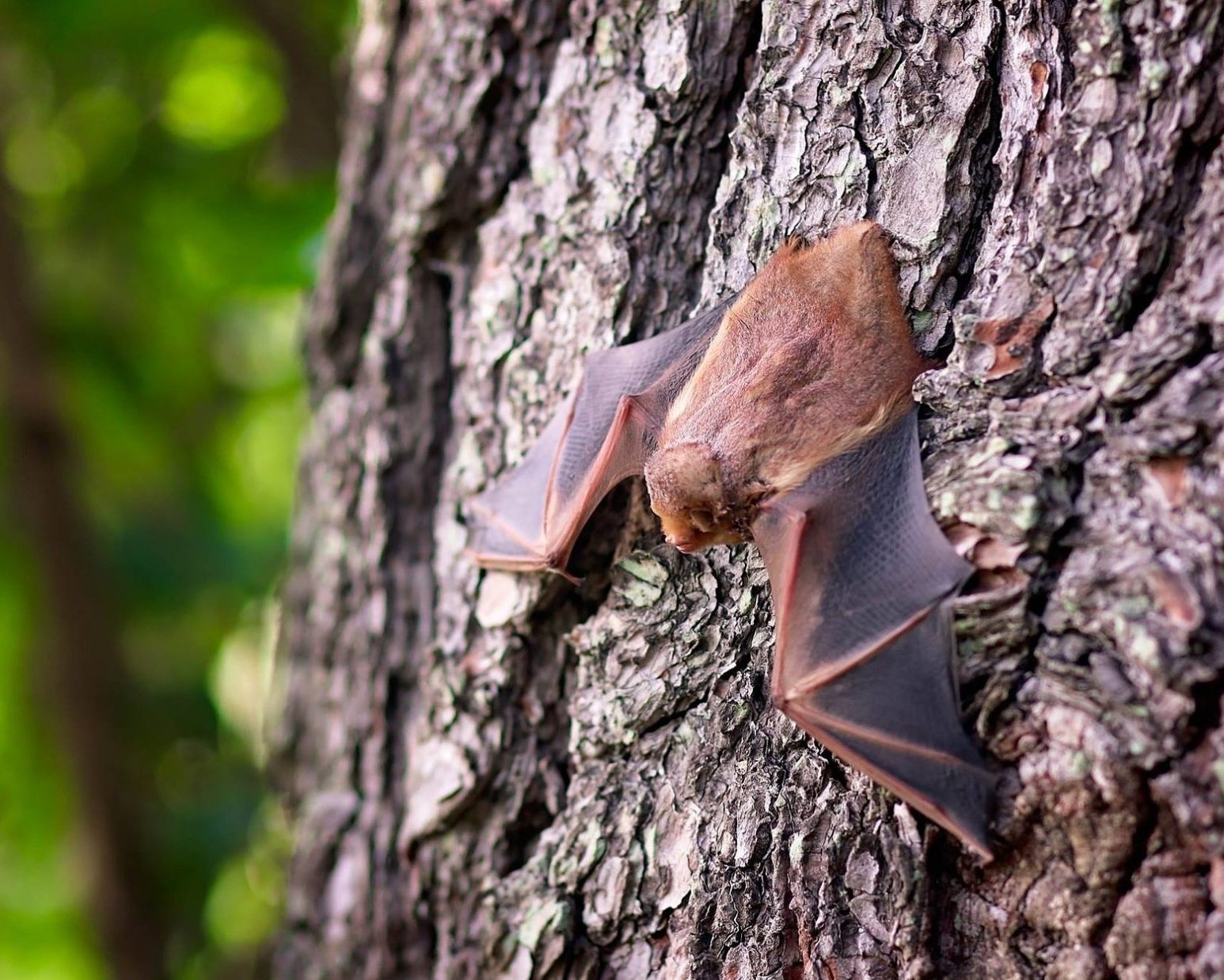
Argas cooleyi
Argas cooleyi
Distribution
In the US, collections of A. cooleyi are reported from CA, CO, MT, NV, TX, UT, WA, WY and possibly OR and SD, although this argasid probably occurs more widely within the geographical range of American cliff swallows, in the arid western states. Argas cooleyi is also reported from Chihuahua, Mexico and from a single collection from the nest of a bluebird, in British Columbia, Canada. Like most argasids, this species is nocturnal and has demonstrated high survival rates during an almost 3-yr absence of hosts.
This tick species is not to be confused with Ornithodoros cooleyi, which, until recently, has been referred to under the homonym, Argas cooleyi. This latter species also occurs in the western United States, specifically Arizona and Nevada, but feeds on mammals. Soft ticks at Mono Lake, CA, originally also designated as A. cooleyi, based on observations of adults and nymphs, were later described as a new species, Argas monolakensis once the more diagnostic larval stage where examined.
Hosts
Hosts include birds, especially cliff swallows.
Vector Status
Numerous microbes have been isolated from A. cooleyi, but its role as a vector has yet to be elucidated. Sapphire II virus was isolated from A. cooleyi from western MT, Sunday Canyon virus from A. cooleyi in TX. A spotted fever group rickettsia was isolated from an A. cooleyi that originated in SD. In CO, several strains of Sixgun City virus (a serotype of Chenuda virus) were isolated from A. cooleyi collected from nests of cliff swallows in Rio Grande and Larimer Counties.
Resources
H Joel Hutcheson, James W Mertins, Boris C Kondratieff, Monica M White, Ticks and Tick-Borne Diseases of Colorado, Including New State Records for Argas radiatus (Ixodida: Argasidae) and Ixodes brunneus (Ixodida: Ixodidae), Journal of Medical Entomology, tjaa232, https://doi.org/10.1093/jme/tjaa232








